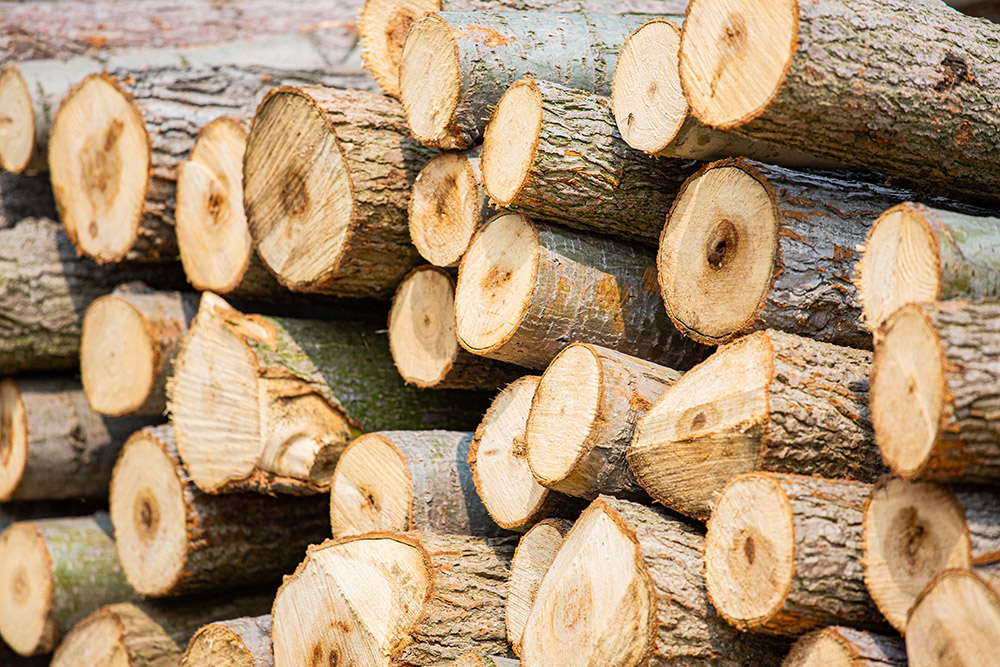Water-soluble polyphosphoric acid refers to ammonium polyphosphate with a low degree of polymerization, and its degree of polymerization is less than 20. It is with short chain and low polymerization degree, PH value is neutral.
Water-soluble ammonium polyphosphate
Water-soluble ammonium polyphosphate, also known as ammonium polyphosphate salt, is a chemical substance with good water solubility. It is obtained by reacting ammonium phosphate with phosphoric acid or polyphosphoric acid.
Water-soluble ammonium polyphosphate has the following characteristics and applications:
Water-soluble
Compared with general polyphosphate, water-soluble ammonium polyphosphate is easier to dissolve in water and form a transparent solution.
Nutrient source
Water-soluble ammonium polyphosphate is widely used as a fertilizer in the field of agriculture. It can provide the nutrients needed by plants, such as nitrogen and phosphorus, and promote plant growth.
Slow-release effect
The phosphate ions in the water-soluble ammonium polyphosphate can be released slowly, prolonging the action time of the fertilizer and reducing the loss and waste of nutrients.
Improve soil
Water-soluble ammonium polyphosphate can improve soil structure, enhance soil water retention capacity and fertilizer persistence.
Environmental protection
Using water-soluble ammonium polyphosphate as fertilizer can reduce the loss of nitrogen and phosphorus to the environment and reduce the pollution of water bodies.

It should be noted that when using water-soluble ammonium polyphosphate, it needs to be applied in a reasonable amount and method to avoid adverse effects on crops and the environment. During use, relevant safety operating procedures should be followed.
Water-soluble ammonium polyphosphate
Water-soluble ammonium polyphosphate is also widely used in the field of flame retardants.
Water-soluble ammonium polyphosphate is also widely used in the field of flame retardants. Its main characteristics and applications are as follows:
High-efficiency flame-retardant performance:
Water-soluble ammonium polyphosphate can effectively reduce the combustion performance of materials and has a good flame-retardant effect. It can inhibit the heat release and flame spread during the combustion process, reducing the occurrence of fire accidents.
Multi-field application:
Water-soluble ammonium polyphosphate is widely used in the flame-retardant modification of materials such as textiles, wood, and paper. It can be combined with the substrate by mixing, coating or adding to provide long-lasting flame retardant effect.
High stability
Water-soluble ammonium polyphosphate also has good stability at high temperature, it can still maintain the flame retardant effect at higher temperature, and it is not easy to decompose or volatilize.
Environmental protection
Water-soluble ammonium polyphosphate is an environmentally friendly flame retardant, its decomposition products will not produce toxic substances, and help to inhibit the generation of smoke and reduce the harm of fire to human health and the environment.
It should be noted that the usage and proportion of water-soluble ammonium polyphosphate may be different under different materials and application scenarios. During use, the best flame retardant type and use method should be selected according to the specific situation, and relevant safety operating procedures should be followed to ensure the flame retardant effect and application safety.
Application
1. Aqueous solution is used for the retardant treatment .To prepare 20-25%P-N flame retardant, used solely or together with other materials in the flameproof treatment for textiles, papers, fibers and woods, etc. To apply by autoclave, immersion or by spray both ok. If special treatment, it can be used to prepare high-concentration flameproof liquid to 50% to meet the flameproof requirement of special production.
2. It also can be used as flame retardant in water based fire extinguisher and wood varnish,
3. It is also used as a high concentration of binary compound fertilizer, slow released fertilizer.


Formula in wood application
Step 1: Use TF-303 to prepare a solution with a mass fraction of 10%~20%.
Step 2: Wood soaking
Step 3: Wood drying or natural air drying
Drying temperature: less than 60 degrees, over 80 degrees will produce ammonia smell





